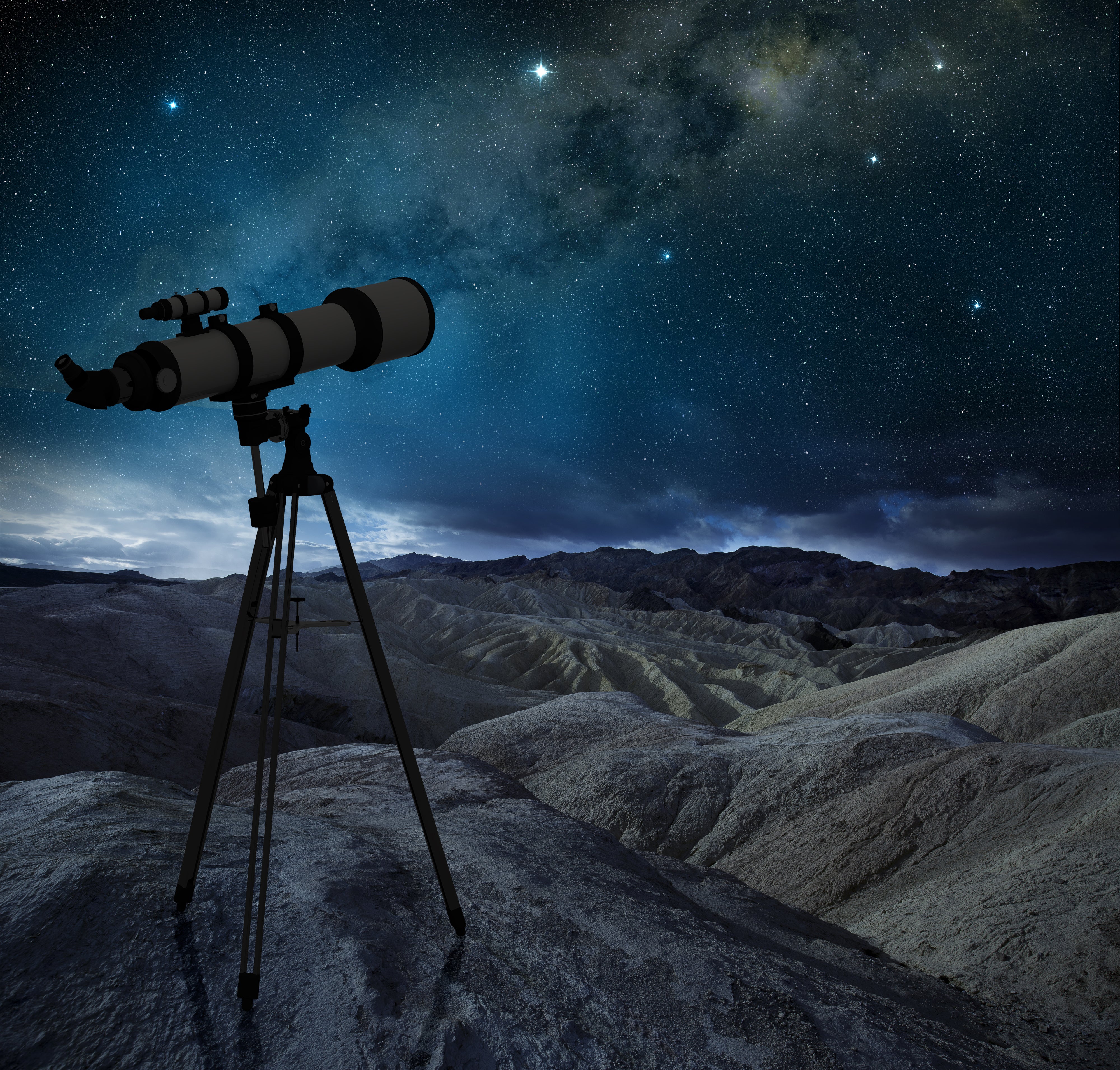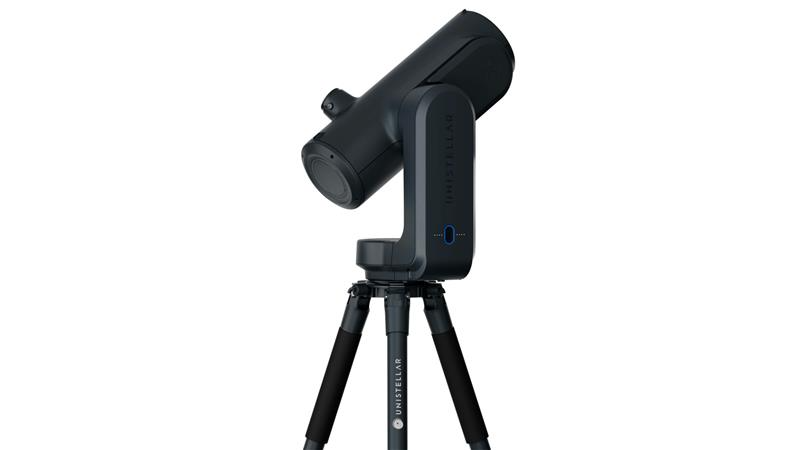For centuries, telescopes have helped us explore the universe — from Galileo’s simple refractor to powerful observatory mirrors. But in recent years, a new kind of device has emerged: the smart telescope. These high-tech instruments blend optical engineering with digital processing to make astronomy more accessible than ever before.
If you’ve ever wondered how smart telescopes work and why they’re such a big deal for beginners and seasoned stargazers alike, this guide will walk you through the essentials.
What Exactly Is a Smart Telescope?
A smart telescope is essentially a traditional telescope paired with advanced electronics, sensors, and software that automate much of the stargazing process. Instead of manually aligning and focusing, you simply set it up, connect it to an app, and let it locate celestial objects for you.
It’s like having a telescope with a built-in astronomer — one that knows the night sky, handles adjustments, and even takes high-quality images without complex manual tweaks.
How Do Smart Telescopes Work? – The Tech Explained
At the core of every smart telescope are three main components:
- Optics – Just like a traditional telescope, a smart telescope uses lenses or mirrors to gather light from distant stars, planets, and galaxies.
- Mount & Tracking System – Motorized mounts automatically follow the rotation of the Earth, keeping the object centered in your view.
- Digital Imaging & Processing – Instead of an eyepiece, many smart telescopes use a digital sensor that captures the image and sends it to your smartphone or tablet. Software then stacks multiple exposures, enhancing clarity and brightness.
Here’s a simplified step-by-step:
- Setup – Place the telescope on a level surface or tripod.
- App Connection – Connect via Wi-Fi or Bluetooth to your phone or tablet.
- Sky Recognition – The telescope uses GPS, an internal compass, and sometimes star pattern recognition to determine its exact orientation.
- Object Selection – You choose a target in the app (e.g., Saturn).
- Auto-Alignment & Tracking – Motors align the optics to your target and follow it as the Earth rotates.
- Image Capture & Enhancement – The telescope takes a series of images, stacks them digitally, and removes noise for a clear final view.
This automation removes the steep learning curve of manual astronomy, making stargazing more beginner-friendly.
Smart Telescope Benefits for Beginners
One of the main smart telescope benefits is accessibility. With traditional scopes, beginners often struggle with finding and tracking objects. Smart telescopes solve that problem instantly.
Other benefits include:
- Ease of Use – No need to memorize star maps or struggle with manual adjustments.
- Portability – Many models are compact and battery-powered for on-the-go stargazing.
- Image Sharing – You can easily save and share images directly from your phone.
- Educational Value – Apps often include detailed information about each object you observe.
- Low Light Pollution Impact – Advanced sensors and image stacking help cut through city light interference.
Spotlight: The Unistellar eVscope 2
Among the most popular smart telescopes, the Unistellar eVscope 2 stands out for its blend of portability, image quality, and innovative features.
- Digital Eyepiece & Screen Sharing – Offers a live eyepiece view and simultaneous streaming to your device.
- Citizen Science Features – Connect to a global network of astronomers to contribute to real research projects.
- Compact Design – Easy to set up anywhere, even in small spaces.
This model is ideal for users who want professional-grade imaging without the bulk or complexity of a traditional astrophotography setup.
Odyssey vs Quinox – Which Should You Choose?
When it comes to the Odyssey vs Quinox debate, it often boils down to your needs:
- Odyssey – Sleek, lightweight, and perfect for travelers or casual observers. Quick to set up and ideal for spontaneous stargazing sessions.
- Quinox – More robust with a larger aperture, making it better for deep-sky imaging and serious hobbyists.
Both offer smart tracking, app control, and easy image sharing, but Quinox tends to appeal to those who want the best optical performance, while Odyssey wins on portability.
Choosing the Best Smart Telescope
The best smart telescope for you depends on your priorities:
- For Beginners – Look for something lightweight, with intuitive app controls and quick setup (like the Odyssey).
- For Imaging Enthusiasts – Prioritize higher resolution sensors, larger apertures, and advanced tracking (like the eVscope 2 or Quinox).
- For Educational Use – Consider models with built-in learning tools and guided tours of the sky.
Price can range widely — from under $1,000 to well over $4,000 — so balance your budget with the features you’ll actually use.
Smart Telescopes vs Traditional Telescopes
Smart telescopes aren’t replacing traditional scopes; they’re simply lowering the barrier to entry. A traditional telescope gives you more manual control and can be less expensive, but requires more knowledge to operate.
For many beginners, a smart telescope offers an easier, more enjoyable way to start — and may even lead to an interest in manual astronomy later on.
Tips for Getting the Most Out of Your Smart Telescope
- Choose Darker Skies When Possible – Even though smart telescopes handle light pollution well, a darker location will always improve image quality.
- Keep Batteries Charged – Bring a portable power bank for longer observing sessions.
- Learn the Basics of Astronomy – Understanding what you’re seeing adds to the experience.
- Use the Community Features – Many smart telescope apps have forums or observation logs where you can share and learn from others.
The Future of Stargazing
With advancements in AI, optics, and mobile connectivity, the next generation of smart telescopes will likely offer even more automation, sharper imaging, and integration with virtual reality.
At Elite Telescopes, we believe these innovations will make stargazing an even more immersive and accessible experience for both beginners and seasoned astronomy enthusiasts.




Share:
Must-Have Accessories to Get Started with Your Telescope